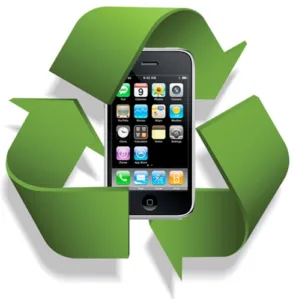The global market for refurbished smartphones will climb to 120 million units by 2017, with an equivalent wholesale revenue of about $14 billion. Last year, the market reached 56 million units.
According to Gartner, 60% of consumers are now replacing their smartphones because they want additional functionality, or simply desire a new device. The firm’s survey covered 5,600 consumers in the USA and Germany.
Mature market consumers change their smartphone every 18 – 24 months. Around 7% go to official recycling programmes, with another 64% being recycled (23% handed down to other users, 41% refurbished and re-sold).
“This rise in smartphone reuse will impact not only the sales of new units, but also the revenue streams of all those involved in the smartphone supply chain”, said Gartner analyst Meike Escherich. She urged stakeholders, particularly high-end OEMs, to analyse the market and evaluate the impact of these second-hand devices on their revenue streams.
The large number of smartphones being recycled will have a rising impact on sales of new models. Gartner expects the refurbished phone market in North America and Western Europe to be worth around $3 billion this year, growing to $5 billion in 2017. A special attraction for consumers is the ability to purchase high-end devices at lower prices.
Escherich said that, while the recycling movement is evident for all levels of technology users, technology enthusiasts should particularly be targeted in an aim to convince them to trade in, rather than choosing to sell their old phones privately.
Technology enthusiasts are of particular interest to hardware vendors, as the group includes trend setters and early adopters. They represented around 25% of Gartner’s respondents, of which 53% said that they were planning to replace their smartphone in the next 12 months; 56% of these said that their current phone was less than a year old. Almost half said that their purchase of replacement phones would be driven by new features and functionality.

